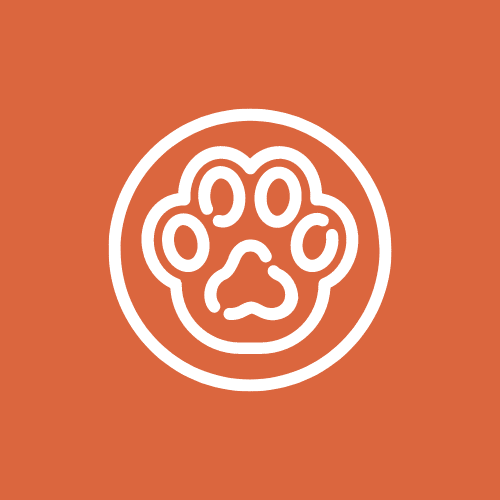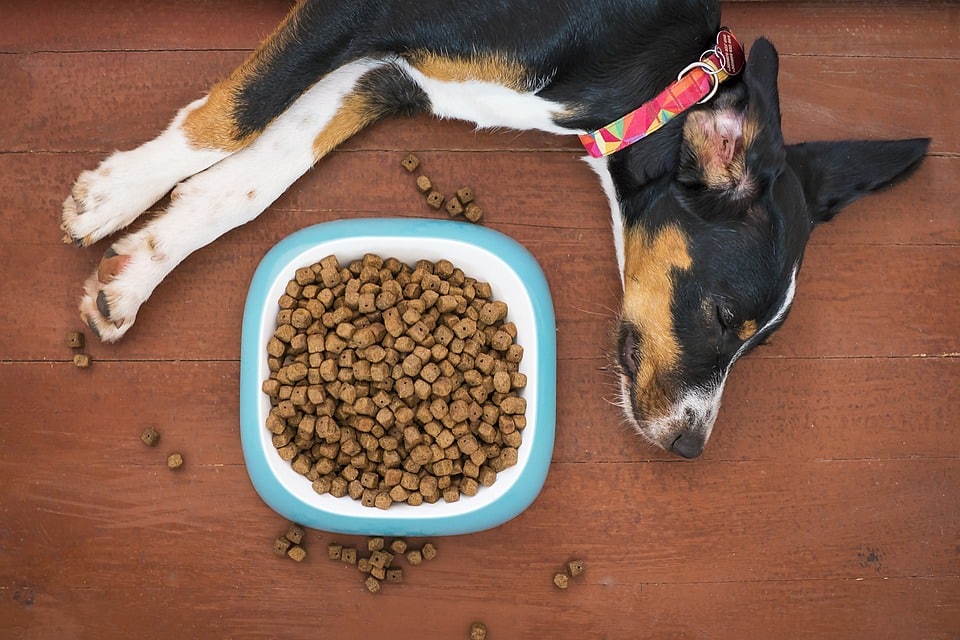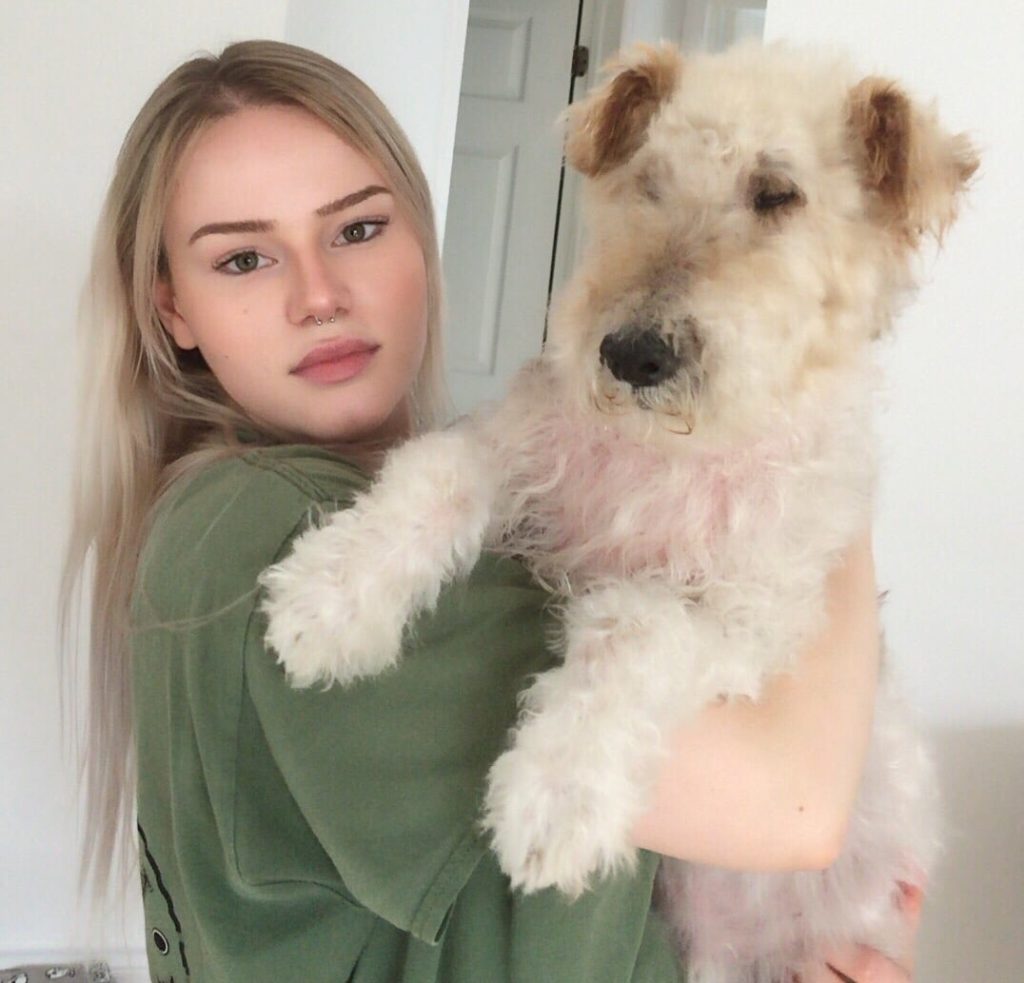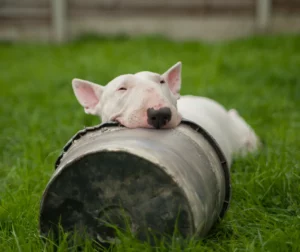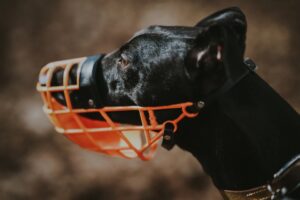Low-quality kibble poisoning is more common than you might think. Some dogs won’t have any immediate symptoms, but over the years it often happens that a dog develops health issues. This is why pet parents don’t always think the problem is related to the kibble.
You have probably already heard that feeding your pet low-quality kibble is not ideal. Some will say that they have continuously fed their pet this way and never had a problem. Maybe you can’t afford better kibble. This article is in no way intended to make you feel guilty, only to inform you of the dangers involved. Thus, you will be able to make better choices in order to elude the traps set by the industry.
What Are the Dangers of Low-Quality Kibble?
There is a multitude of problems in the animal feed industry. In fact, the laws regarding pet nutrition are not as strict as those for humans. Specifically, the FDA (Food and Drug Administration) accepts moldy grains, as well as an “allowable” percentage of polystyrene and plastic that would otherwise be unfit for human consumption.
In 2007, an international pet food crisis caused kidney failure in many cats and dogs. Several have died after consuming foods containing wheat gluten contaminated with melamine. The low-quality foods came from the United States and were produced in China.
Thus, by feeding your pets a “nutritionally complete and balanced” food, you could involuntarily intoxicate them. Fortunately, more and more companies are offering high-quality ingredients that follow the same laws as food products intended for human consumption.
#1 Mycotoxins
Products containing seeds and grains contain mycotoxins. These are molds produced by fungi that can be found in cereals, fruits, and seeds. These mycotoxins are very resistant to heat and sterilization, so they are difficult to get rid of and cannot be detected with the naked eye.
Mycotoxins can also cause brain diseases that weaken the immune system, as well as growth and development disorders.
It should be noted that some pets are more sensitive to mycotoxins than others. The danger varies depending on the type, the amount ingested, the general health, and the diet.
You will be able to avoid mycotoxins with high-quality products and by avoiding grain and cereal-based foods.
Here are the symptoms of mycotoxin poisoning:
- Loss of appetite or anorexia
- Fatigue
- Fever
- Hypersalivation
- Vomiting
- Jaundice
- Respiratory disorders
- Ataxia (balance disorder)
- Tremors
- Seizures
#2 Aflatoxin
Aflatoxin is a mycotoxin found primarily in foods containing corn. This toxin can have serious consequences for the health of our pets. Large amounts can cause kidney failure and death, even with treatment. Small doses can cause liver failure or can weaken the immune system and cause cancer.
Dr. Felicia Wu recently published a study demonstrating that aflatoxin poses a public health risk due to its association with liver cancer. She mentions that about 100,000 cases of liver cancer are caused by aflatoxin every year.
It is possible to do laboratory tests to identify the presence of mycotoxins. On the other hand, the FDA allows a much higher amount of aflatoxin in animal foods, unlike foods intended for human consumption.
#3 Sick Animals in Kibble and Contradictory Statements
Pet food includes parts of dead animals that were not killed in slaughterhouses. There are also sick, dying, and disabled animals. The Canadian Food Inspection Agency classifies these meats as condemned foods.
Susan Thixton, founder of the Association for Truth in Pet Food (ATPF) mentions that the FDA said in April 2019 that they do not believe that using diseased animals or animals that have died other than by slaughter to make animal food poses a safety concern and that they intend to continue to exercise enforcement discretion.
In the Federal Food, Drug, and Cosmetic Act, adulterated or illegal food is defined as:
“…(3) if it consists in whole or in part of any filthy, putrid, or decomposed substance, or if it is otherwise unfit for food; or (5) if it is, in whole or in part, the product of a diseased animal or of an animal which has died otherwise than by slauther,”
Also, on the FDA site, it is mentioned that there is no requirement for pet food products to have premarket approval. It is mentioned that products such as meat, poultry, and cereals are considered safe and do not require prior approval.
#4 The Lack of Responsible Labeling
In response to a citizen petition from the ATPF, the FDA mentions that they do not intend to require labeling specifically related to ingredients derived from animals that have died other than by slaughter.
Therefore, there is no label to alert owners to the potential use of an inferior and/or illegal ingredient or inferior manufacturing condition.
Susan Thixton adds that the FDA allows pet food to violate US federal law. Additionally, pet food is not required to be manufactured to food safety standards.
Could Kibble Contain Dead Dogs and Cats?
The problem lies with the rendering plants. This plant processes slaughterhouse waste, dead farm animals, roadside dead animals, euthanized dogs and cats, dead zoo animals, expired meat, and used cooking oils.
They will grind and cook everything to then separate the oil from the rest and finish with flour. This flour will be used to feed farm livestock, and make pet food, and fertilizers.
A document from the EPA (United States Environmental Protection Agency) confirms that independent factories obtain animal by-products from sources such as animal shelters, supermarkets, fast food chains, and many others.
In a video, AAFCO (Association of American Feed Control Officials) President Hersch Pendell can be seen mentioning that it is not acceptable to use cats and dogs, but it is protein. He says there is no way to know if the meat and bone meal contains cattle, sheep, horse, or Fluffy (your pet).
Presence of Drugs Used by Veterinarians in Dog Food
From 2017 to 2018, there were several pet food recalls containing pentobarbital, a drug used by veterinarians to euthanize pets. Minutes after consuming canned dog food, 5 pugs had seizures, one of which died hours later.
In addition, the DNA of cats, dogs, and horses is undetectable, since the cooking process eliminates the presence of DNA. On the other hand, pentobarbital is resistant to the transformation process.
Unfortunately, it’s not just kibble that contains cats and dogs, but also dog treats made from rawhide.
How to Choose the Right Kibble for Your Pet?
To avoid products at high risk of containing euthanized pets, avoid animal fat, by-products, animal digest, and meat and bone meal. These a broad words that include all kinds of animal products from rendering plants…
Hydrolyzed poultry by-product aggregate is also not recommended. It is a feather meal also from rendering plants and has no nutritional value.
To prevent your pet from ingesting mycotoxins, avoid corn and soy. As for mycotoxins in grains like wheat, barley, and rice, avoid them being on the first ingredient list.
In order to choose good kibble, avoid low-quality kibble and prioritize those of superior quality, such as organic and Canadian kibble.
Bibliographic sources:
Anton C. Beyen. “Pentobarbital in dog food”, ResearchGate, novembre 2018.
